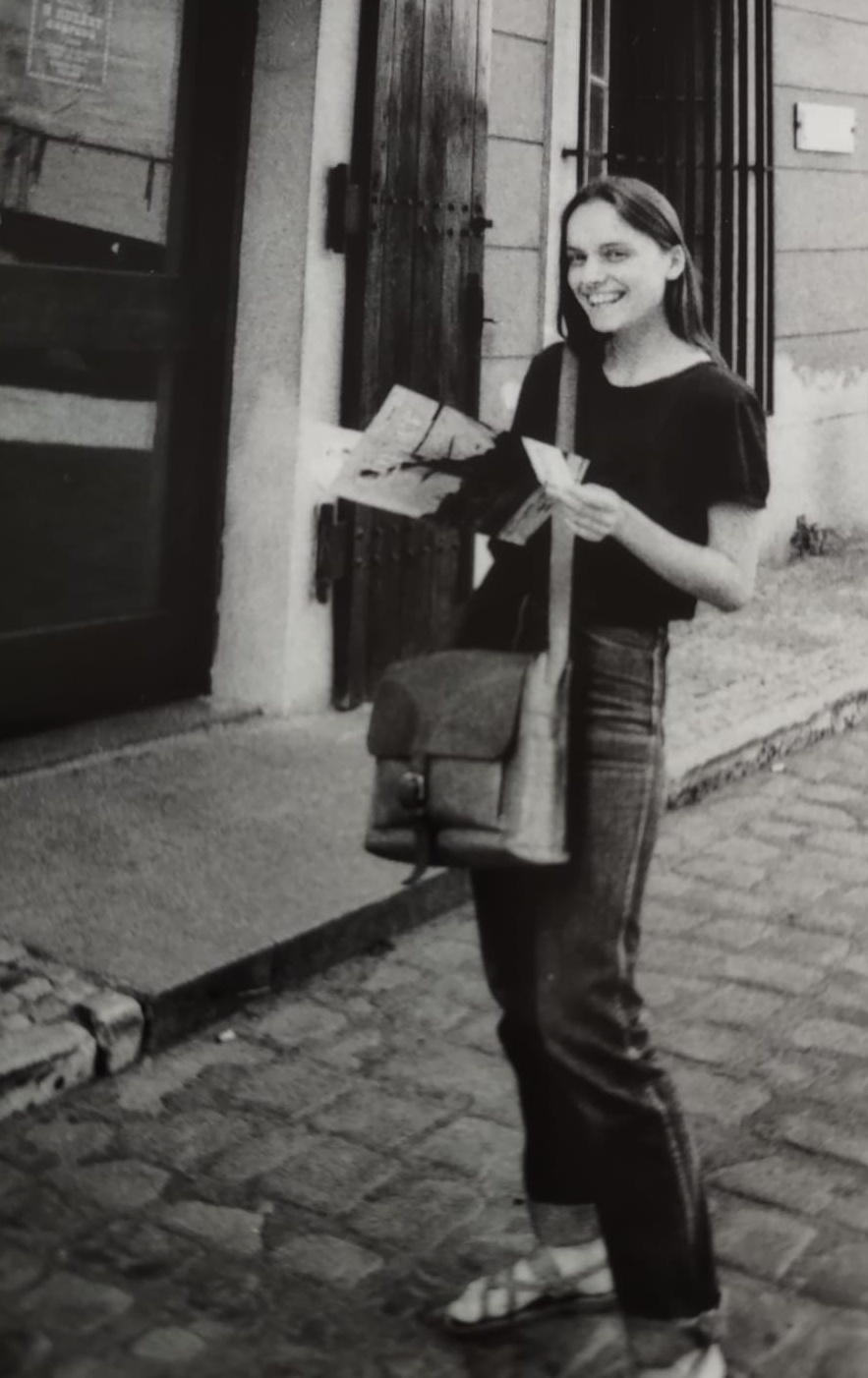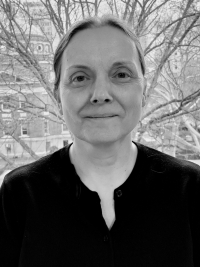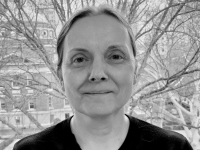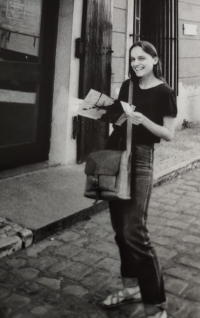Look at her, she won´t achieve anything

Download image
Gabriela Kumar Sharma was born on 9 July 1967 in Kroměříž into the intellectually based family of Petr and Adela Koudelka. Her father worked as a journalist for the Mladá fronta newspaper and knew about the communist regime - during the August 1968 invasion of Czechoslovakia by Warsaw Pact troops, he and several of his colleagues were held at gunpoint by soldiers. Petr Koudelka later became a member of the so-called “grey zone”. The family was visited by people from artistic and intellectual circles during the normalisation period, such as Kurt Gebauer or the philosopher Ivan Chvatík, who once saved the archive of the deceased Jan Patočka. Gabriela, influenced by the environment of her adolescence, began at the age of fifteen to attend a cultural and artistic community that met in the Slavia café in Prague. The dissident Václav Havel also came there. Thanks to the fact that she met her older friend Markéta Nováková, who introduced her to the “máničky”, Gabriela Sharma began to regularly attend events forbidden by the regime - secret exhibitions, concerts, happenings. In addition, she became acquainted with the well-known Catholic-dissident Kaplan family, who organised illegal religious seminars at their cottage in Šumava, which were attended by, for example, the well-known theologian and prisoner of conscience Josef Zvěřina. At that time, Gabriela Sharma was fully involved in the creation and distribution of samizdat - not only for that was she taken away by the State Security for her first interrogation at the age of sixteen. The secret police wanted to know the names and places where the dissent met, but the girl did not speak. Because of her activities and contacts, the witness was often bullied in high school. It escalated to an unconditional expulsion from school. Gabriela Sharma then took a job as a dresser at the Karlín Musical Theatre. She worked in the evenings when plays were on, and during the day she had time for samizdat and meeting with the people of dissent to whom she was close. After taking part in a massive demonstration during Palach Week in January 1989, which was very roughly dispersed with water cannons and batons, she decided that she had had enough of Czechoslovakia and decided to emigrate. The Velvet Revolution was only a few months away. Gabriela Kumar Sharma later studied art history, modern Hebrew, as well as Middle Eastern history. By 2024, she was living in New York and working at Columbia University.


